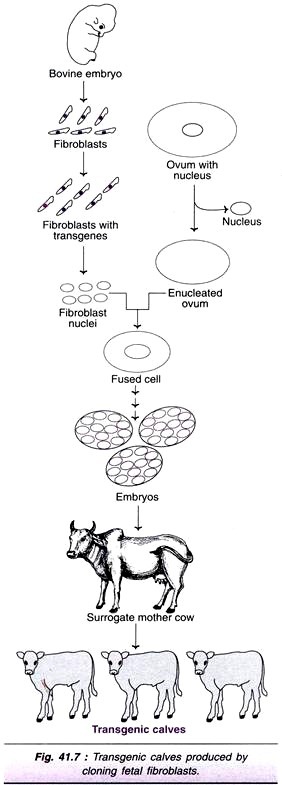In the early decades of the twentieth century T.H. Morgan and his associates A.H. Sturtevant, H.J. Muller, C.B. Bridges and a few others at Columbia University, New York were actively engaged in studies on Chromosome Theory of Heredity with a very suitable material Drosophila.
From their studies on mutants in Drosophila they could assign several genes to chromosomes. For their extensive researches on Drosophila, T.H. Morgan became the first geneticist to be awarded Nobel Prize in Medicine in 1934.
Some of the experiments performed in Morgan’s laboratory indicated linkage because the genes did not assort independently. In Drosophila the normal fly has grey body and long wings. There are some recessive mutations due to which the body colour of the fly is black and the wings are underdeveloped or vestigeal.
It was proposed by Bridges that in linkage experiments the wild normal type allele be represented by the sign +, and mutants recessive to wild type by abbreviated initials in small letters such as b for black, and v for vestigial. Since linked genes are present on the same chromosome, they are represented by their symbols above and below a horizontal line, genes on one homologue being above the line, those on the other below the line.
Bridges crossed a wild type female fly with grey body and long wings with a male having black body and vestigial wings. The F1 was wild type with grey body and long wings. The females from F1 were testcrossed with double recessive males i.e. black vestigial.
Now if the genes are assorting independently, the test cross would yield all four combinations in the ratio of 1: 1: 1: 1. But the actual results showed that the parental types (grey long and black vestigial) were more and the recombination’s (grey vestigial and black long) were less than expected (Fig. 8.2).
Obviously the genes were linked. One more striking feature was revealed by these experiments, that is, the absence of crossover in the Drosophila male. Due to this when a male fly was used as a double recessive parent in a testcross, there were recombinants present in the F2 progeny.
Reciprocal testcrosses where female flies were employed as double recessives, recombinants were absent in the F2 progeny. The crosses provide excellent illustrations of linkage and absence of crossing over in male Drosophila. The female silk moth (Bombyx) is another example where crossing over does not take place.
The Drosophila school performed numerous experiments in their efforts to understand the chromosome theory of heredity. They had accumulated a large number of mutants for various characters. It was possible to isolate stocks of flies carrying two mutant genes for different characters on the same chromosome.
Interestingly, they also found some hereditary characters which were linked to the sex chromosome X in females. Characters such as white eyes, yellow body, miniature wings and a few others were therefore said to be sex-linked.
In all D. melanogaster was found to have four linked groups of genes. Drosophila has four pairs of chromosomes (Fig. 8.3). Each linkage group in Drosophila was associated with one pair of chromosomes and the linkage groups were numbered 1, 2, 3 and 4.
Further, the number of genes in each linkage group was found to be proportional to the size of chromosomes. Thus, the tiniest dot-like chromosomes are found to carry the smallest linkage group of only about 12 genes whereas the larger chromosomes each had more than 150 linked genes.

